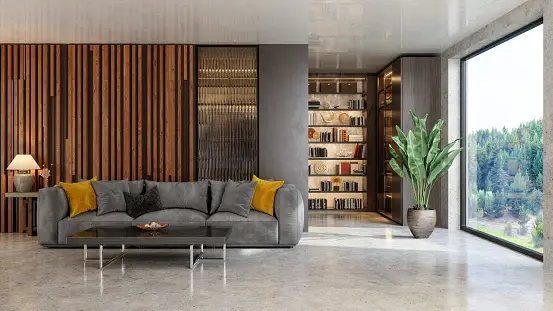Harmony in Design: Strategies to Address Aesthetic Mismatch
Aesthetic mismatch can detract from the impact of any design, whether it’s in visual art, interior decor, or graphic design. In this blog post, we’ll explore effective strategies to address aesthetic mismatch and achieve harmony in all your creative endeavors.

Understanding Aesthetic Mismatch
Aesthetic mismatch occurs when elements within a design clash or fail to complement each other, leading to visual discordance. In this section, we’ll delve into the nuances of aesthetic mismatch, identifying its root causes and understanding how it impacts the overall perception of a design.
Creating Cohesive Color Schemes
Color plays a pivotal role in design, and creating a cohesive color scheme is essential for achieving harmony. This section will provide insights into the psychology of color, effective color combinations, and strategies for balancing and coordinating colors to create visually appealing and harmonious designs.
Also Download: WhatsApp Lite APK Download (Official) for Android
Integrating Textures and Materials
Equally important to color in achieving an aesthetically pleasing design is the thoughtful integration of textures and materials. This principle can be universally applied, from fashion design to the architecture of structures such as doors in Salt Lake City. For instance, the harmonious combination of natural wood textures with modern metal accents in a door can enhance both residential and commercial spaces.
In Salt Lake City’s diverse architectural landscape, where historic charm meets cutting-edge design, the selection of door materials and finishes can either create a seamless aesthetic flow or lead to mismatch.
In the following paragraphs, we will discuss how to select and combine different materials and textures, using doors as a prime example, to craft designs that resonate with the intended ambiance and functionality.
Balancing Proportion and Scale
Proportion and scale are fundamental elements in design that directly influence the overall aesthetic. Learn about techniques for balancing proportion and scale within a design, ensuring that each element harmonizes with the others to create a unified and visually pleasing composition.
Embracing Consistency in Typography and Font Selection
Typography and font selection significantly impact the overall visual appeal of a design. This section will discuss the importance of consistency in typography, effective font pairing techniques, and the role of typography in establishing coherence and harmony within a design.
Integrating Visual Hierarchy for Clarity
Visual hierarchy is crucial for guiding the viewer’s attention and organizing the elements within a design. Discover strategies for integrating visual hierarchy to achieve clarity and coherence, ensuring that the most critical elements stand out while maintaining a harmonious overall composition.
Utilizing Symmetry and Asymmetry Effectively
The use of symmetry and asymmetry can greatly influence the perceived harmony of a design. Gain insights into the strategic utilization of symmetry and asymmetry to create balanced, visually engaging designs that convey a sense of harmony and aesthetic cohesion.
Incorporating Texture and Pattern Harmoniously
Texture and pattern add depth and visual interest to a design, but their improper use can lead to aesthetic mismatch. This section will explore techniques for incorporating texture and pattern harmoniously, ensuring that they contribute to the overall harmony and cohesiveness of a design.
Aligning Design Elements with Brand Identity
For businesses and brands, aligning design elements with brand identity is crucial for conveying a consistent message. Learn about strategies for ensuring that design elements reflect and reinforce brand identity, promoting harmony and coherence across all visual assets.
Achieving Harmony and Coherence in Design
In conclusion, addressing aesthetic mismatch and achieving harmony in design requires a holistic approach that considers color, proportion, typography, visual hierarchy, symmetry, texture, and brand identity. By implementing the strategies discussed in this blog post, designers can create visually compelling and harmonious compositions that resonate with their audience.



